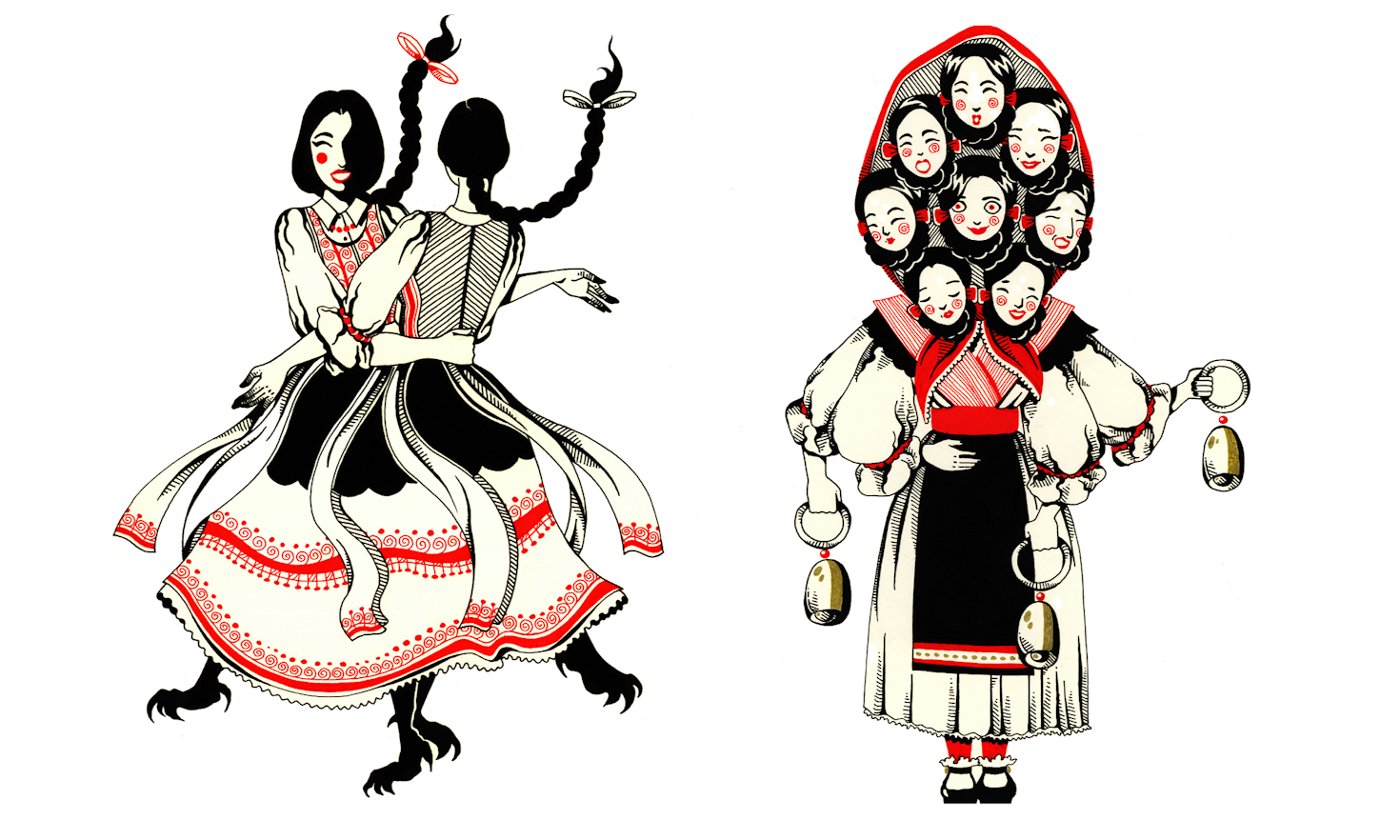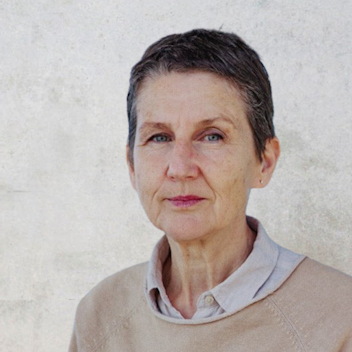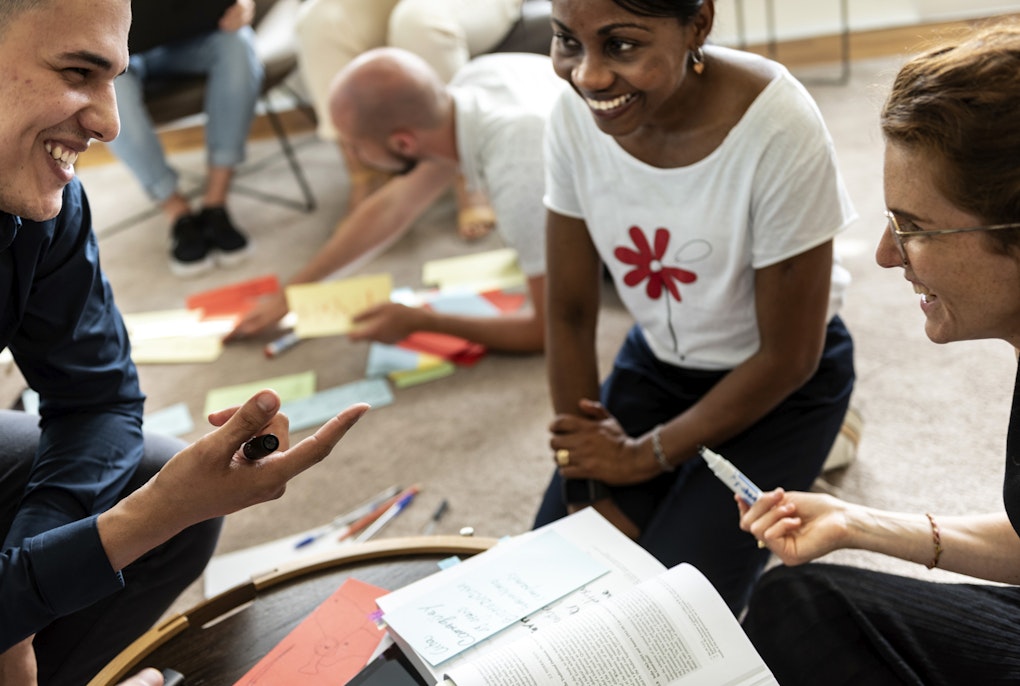
Geo-economics of the Russian invasion of Ukraine
 Bartosz Stefan Michalski
Bartosz Stefan Michalski
Is the differentiation between art and design a harbinger of discord or a gateway to groundbreaking survival patterns in the future? Are we interpreters of the world or its narrators? What role do art and design play in enhancing our crisis resilience? One thing is clear: navigating what lies ahead will require a combination of focused and creatively open problem-solving strategies.
The precondition of any creative process is always in our experience. Moreover, the first manifestation of the living dynamics and the collector of our past and future knowledge is experience. Every narrative about our neuroplasticity and creation ability begins with analysing experience. This experience can last just a few seconds and already shape our perceptions. Think of any auditive perception that combines concepts stored in our memory to form new associations and create new forms, not only sounds but songs or poems. Throughout life, we constantly perceive, create, and recreate the world.
Nevertheless, creativity as such and as a process often is grasped within activities that differ in their scope and aim. Their classifications and disciplinary categorizations profile and organize this same world we are creating and in which we are immersed. In line with the American philosopher and educational reformer John Dewey: "Experience in its vital form is experimental, an effort to change the given. It is characterized by projection, by reaching forward into the unknown." Dewey proclaimed these sentences over a hundred years ago, concluding them with a salient connection of a learning by doing philosophy and a future perspective of education.
There are always two possible paths:
• open-ended creation and
• the need to solve challenges creatively
Embracing this two-way highway of creativity, imperatively taking care of our current context, the aim is not to oppose art and design vulgarly but to understand these different yet matching creative endeavours. Do they differ in purposes, processes, or intents? How much of their difference has been made in fashionable routine?
"Art makes us uncomfortable."
Sanja Bojanić
If art (a Western concept from the late eighteenth century) is a form of creative expression primarily focused on conveying emotions, ideas, and aesthetics, what happens with design epitomizing and objectifying these same emotions, ideas, and aesthetics?
Engaged arts' critical thinking or ethical stance reaches into the unknown and scrutinizes the commodification of things. Through thought-provoking and innovative expressions, such artworks can inspire viewers to examine their assumptions and perspectives. Questioning authority or grasping the ends of meaning, like Joseph Beuys in his performance How to Explain Pictures to a Dead Hare reveals our fragility. As a matter of interpretation, artworks encourage us to think critically about power structures and how they influence our lives. By addressing moral dilemmas, social injustices, and ethical concerns, they shed light on inequality, discrimination, and human rights abuses, urging viewers to confront these problems and advocate for positive change. The artist's freedom of expression is a central aspect of art, and there are minimal restrictions on the creative process. On the viewer's side, there is an invitation to decode, situate, and shift the lenses of our biases; challenge our assumptions; embrace different perspectives, and step outside our comfort zones. Art makes us uncomfortable.
Conversely, design follows a more structured and iterative process representing "the conscious and intuitive effort to impose meaningful order." On the side of convergent thinking, design's awareness of the world is in its materiality and ubiquity. Following our behaviours and desires closely: "Design is really an act of communication," Don Norman famously announced. The design communicates and creates conventions by channeling them through standardizing systems of signs, symbols, or icons. It also defines the form and function of devices that shape and articulate our daily routines. Indeed, design intervenes in the world of meaning, visual representations, and attitudes we create, trapping our intuitions. Design knows how to do it, as its research includes disciplines essential for studying our behaviour. In a 1977 experiment by Richard E. Nisbett and Timothy D. Wilson, famous for investigating the halo effect, the study participants had to memorize pairs of words such as "ocean" and "moon." Later, they were asked to choose between different detergent brands, and "Tide" among them. The results showed that the brand "Tide," which had a semantic link to the memorized word pair, was chosen more often than others. When asked why they chose "Tide," the study participants cited other reasons, such as brand reputation or familiarity with the product, demonstrating the power of the design mechanisms.
A few points in structuring interpretative and communicational means of creativity can help compare art and design briefly as they both address our subjective experiences and translate them into various disciplinary expressions.
• Our capacity for error and learning is a dynamic and essential aspect of personal growth, collective progress, and the continuous evolution of society.
Interpretative: Art encourages exploration and experimentation, and mistakes are bound to happen in this process. Perceived as valuable learning experiences rather than failures, they provide insights into what works and what does not. Creating art is often an iterative process in which iteration allows for refinement and improvement, with lessons learned from previous attempts contributing to the evolution of the artwork. Some artists deliberately incorporate elements of "mistakes" into their work, turning them into defining features of their style. This acceptance of imperfection can free artists from the fear of making errors and allow them to embrace their creative instincts fully.
Communicational: Similarly, design is not static. It evolves with changes in technology, user behaviour, and societal needs. Designers must stay adaptable and open to learning to stay relevant and create solutions that meet the evolving requirements of users and clients. Their iterations are bound to prototyping to test and identify potential flaws, errors, or areas of improvement. User feedback is crucial in many design disciplines, such as user experience (UX) and user interface (UI) design. As a problem-solving methodology emphasizing empathy, creativity, and iterative thinking, the design thinking approach embraces failure as a natural part of the process.
• We often progress by facing and overcoming constraints, which make us resist or build resilience in an unfamiliar setting.
Interpretative: Art can offer solace and a sense of connection despite its ability to provoke discomfort. When we encounter art that reflects our struggles, fears, or imperfections, we may find comfort in knowing that we are not alone in our human experience. For many, artistic interpretation is a way to express their emotions, thoughts, and experiences. It allows us to break free from societal norms and expectations, providing a sense of liberation and empowerment.
Communicational: Designers assess real-world performance. By analysing user data and feedback, they gain valuable insights into how their design is being used and where it can be improved. Ethics and responsibility are deeply involved in their work as they need to communicate ethical mistakes made in the past, such as creating products that unintentionally harm users or perpetuate harmful stereotypes. An awareness of these issues informs ethical design practices and fosters a more responsible and mindful approach to design.
• Understanding and tolerating ambiguity indeed advance our brain's neuroplasticity projecting us into the unknown.
Interpretative: Art often elicits complex emotions and feelings that may not have a straightforward explanation. By exploring and understanding these emotions, individuals can enhance their emotional intelligence, crucial for interpersonal relationships and empathy. As viewers engage with art, they are encouraged to consider various perspectives and possibilities; thus, grappling with ambiguity enhances cognitive flexibility and openness to new ideas. Arts boost divergent thinking, a cognitive process that generates multiple ideas or solutions to a problem. Embracing ambiguity nurtures this thinking, fostering creativity and innovation in various domains of life.
Communicational: Designers may receive ambiguous briefs from their clients or face constraints requiring creative problem-solving solutions. Tunning the language that develops ideas that cater to a broader audience and enhance their understanding of human behaviour represents the user-centered process. Even if designers often engage in divergent thinking in the early stages of design, which involves generating numerous ideas, possibilities, and solutions, they need to converge an approach that narrows down multiple ideas or options to find the best solution or answer to a specific problem.
"The most effective among us are those who can toggle between modes of thought, harnessing the expansive potential of divergence and the focused efficiency of convergence. "
Sanja Bojanić
Both art and design often require striking a balance between divergent and convergent thinking. While divergent thinking sparks openness and uneasiness and fuels the creativity of self-expression, convergent thinking brings focus and refinement to the creative process, leading to effective but also ethical solutions. This balance offers profound insights into the nature of problem-solving and creativity. Making decisions, deriving solutions, and applying knowledge effectively are critical in areas that demand precision and accuracy. Nevertheless, rationality would suffer without fostering innovation and nurturing new ideas essential to discovery.
The most effective among us are those who can toggle between these modes of thought, harnessing the expansive potential of divergence and the focused efficiency of convergence. Educators can foster environments that cultivate both types of thinking, students can become more versatile thinkers, and professionals can apply this dual approach to drive innovation and adapt to changing environments. Ultimately, a society that values and develops convergent and divergent thinking is better equipped to evolve and survive.
Every year, the UNESCO Chair in Anticipation and Transformation awards a digital UNESCO Chair Fellowship. The Fellows are offered the opportunity to collaborate with the team at the UNESCO Chair at Eurac Research's Center for Advanced Studies delving into shared interests and emphasizing UNESCO's global priorities outlined in its 2022-2029 strategy.

This content is licensed under a Creative Commons Attribution 4.0 International license.

 Bartosz Stefan Michalski
Bartosz Stefan Michalski
 Roland Benedikter
Roland Benedikter Maarten Jan Wensink
Maarten Jan Wensink